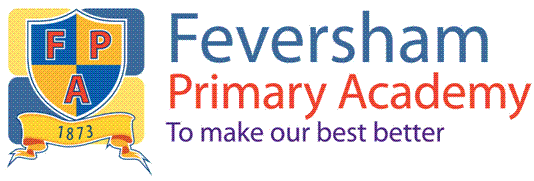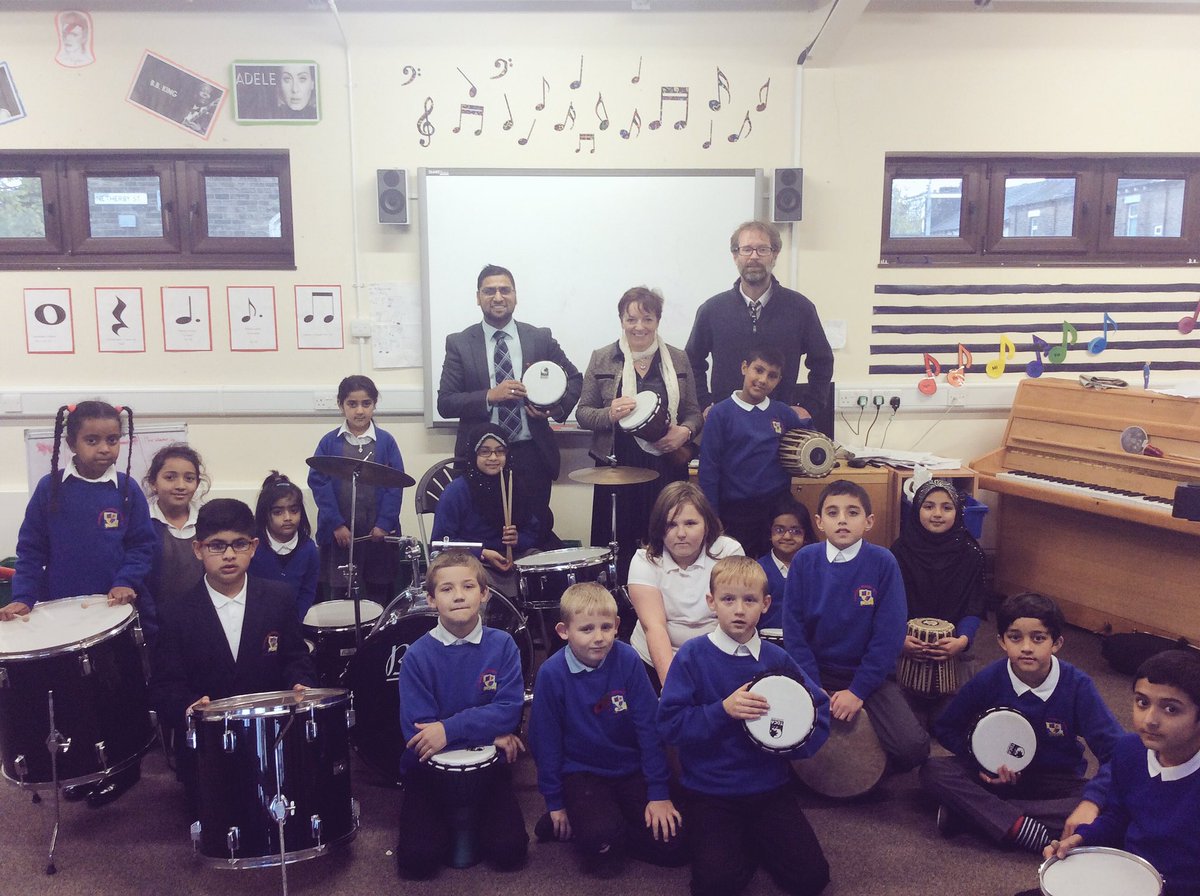A failing school in the City of Bradford, West Yorkshire, England needed to do something. The staff was unsure what to do. Parents were not happy with the progress and success of their children. There were issues with funding. The surrounding area was one of the poorest in the area. What to do…what to do…
Music to the Rescue
There were many choices that could have been made, but the folks at Feversham Primary Acadamy decided to add music – lots and lots of music – to the school day. Six hours of music instruction a week was added to the instructional day. The results were pretty amazing (though not surprising to anyone who is a music educator).
- Feversham is now in the top 10% for student progress in reading, writing, and math.
- 74% of students achieved the expected standards in reading, writing, and math, compared to the national average of 53%.
- Feversham’s results for disadvantaged students are well above the national average.
This is pretty amazing stuff, considering all the obstacles Feversham had on its path to success. Besides being in a poor inner-city area, an amazing 99% of the student body does not speak English as the first language.
“Half [the student body] arrive at school unable to speak a word of English.” – Josh Halliday
Naveed Idrees, the Headteacher at Feversham admits that the decision to infuse music into just about everything was risky, especially from an outsider’s viewpoint.
We were in special measures. We could have said we’re going to do more English, more maths, more booster classes. You might hit the results but the kids hate learning. – Naveed Idrees
Adding more English or math or reading wasn’t the answer for Feversham. It was Music. It was the arts. And it has paid off in a big way.
Once the school’s end-of-year concert would be attended only by a handful of sceptical parents, now it sells out every year. The school’s attendance has increased to 98%, as the amount of music taught to each pupil has risen. Every child will get at least two hours of music a week. As a bare minimum, each child gets a 30-minute music lesson, a half-hour follow-up lesson, plus a one-hour music assembly with a guest musician and group singing. Songs are incorporated into other classes and pupils often sing about times tables, or history.

Feversham students after singing for the Queen’s birthday.
Music for Music’s Sake…but also for Everything Else’s
It’s true. Music deserves to be studied for its own merits. Its intricacies are incredibly interesting and its development over human history is a fascinating story. In 1100 years, we went from Gregorian chant to Rock and Roll! But Feversham is a practical example of what Plato knew over 2400 years ago. He said:
“I would teach children music, physics, and philosophy; but most importantly music, for the patterns in music and all the arts are the keys to learning”
That’s the truth. Music unlocks something inside of us. It lights a fire…it gives life meaning. Through the lens of music, learning becomes a technicolor wonder-show of possibility. Mr. Naveed and his 510 students are living proof of my oft-repeated adage…music is magic.
If you want to watch these kids having some fun, check out their 2017 Talent Show video below.

For more music, ideas, and fun, and to find a class near you, visit Kindermusik.com.


Thankyou for spreading the news of my school. The key factor in our success was the Kodály Approach, the principles of which we have applied to all subjects to make learning holistic, structured, child centred, developmentally appropriate and fun. It has huge effects on brin development, and singing is the best way for our students to learn the English language. We also trim the waste in our budget so that we can invest in music as a priority and train staff in the Kodály approach.